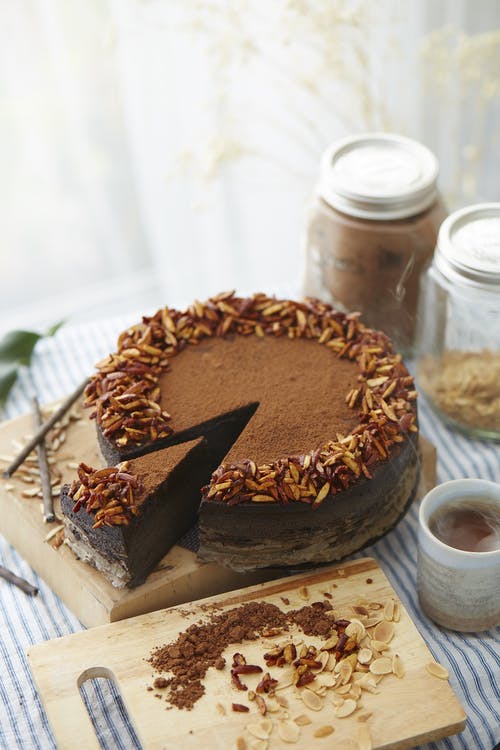The “cake” has a long history.
The ancient Greeks baked using flour mixed with eggs, milk, nuts, and honey. The Greeks invented beer as a leavener, frying fritters in olive oil, and cheesecakes using milk. The Roman named for cake was baked on a pastry base or inside a pastry case. The basic bread dough was sometimes enriched with butter, eggs, and honey, which produced a sweet and cake-like baked good.
The early cakes in England were bread, the most obvious differences between a “cake” and “bread” were the round, flat shape of the cakes, and the cooking method, which turned cakes over once while cooking, while bread was left upright throughout the baking process.
Cake is a combination of sweet-food created from flour, sugar, and ingredients, that are usually baked. Previously, cakes were modifications of bread, but now cakes cover a wide range of recipes and preparations that can be simple or complex, and that share features with other desserts such as pies, pastries, ice-creams, meringues, and custards.
The commonly used ingredients to prepare the cakes, include flour, sugar, butter or oil or margarine, a liquid, eggs (sometimes), and a leavening agent, such as baking soda or baking powder. Common additional ingredients and flavourings include fresh fruit, nuts, cocoa, dried, candied, and extracts such as vanilla.
Cakes can also be filled with nuts or dessert sauces, iced with buttercream or other icings, fruit preserves, and decorated with candied fruit, marzipan, or piped borders.
Cake is often served as a celebratory dish on ceremonial occasions, such as weddings, anniversaries, and birthdays.
Since making the cake is so simple, housewives and other in-home cake makers started expend their creativity and imagination on cake decorating and presenting.






